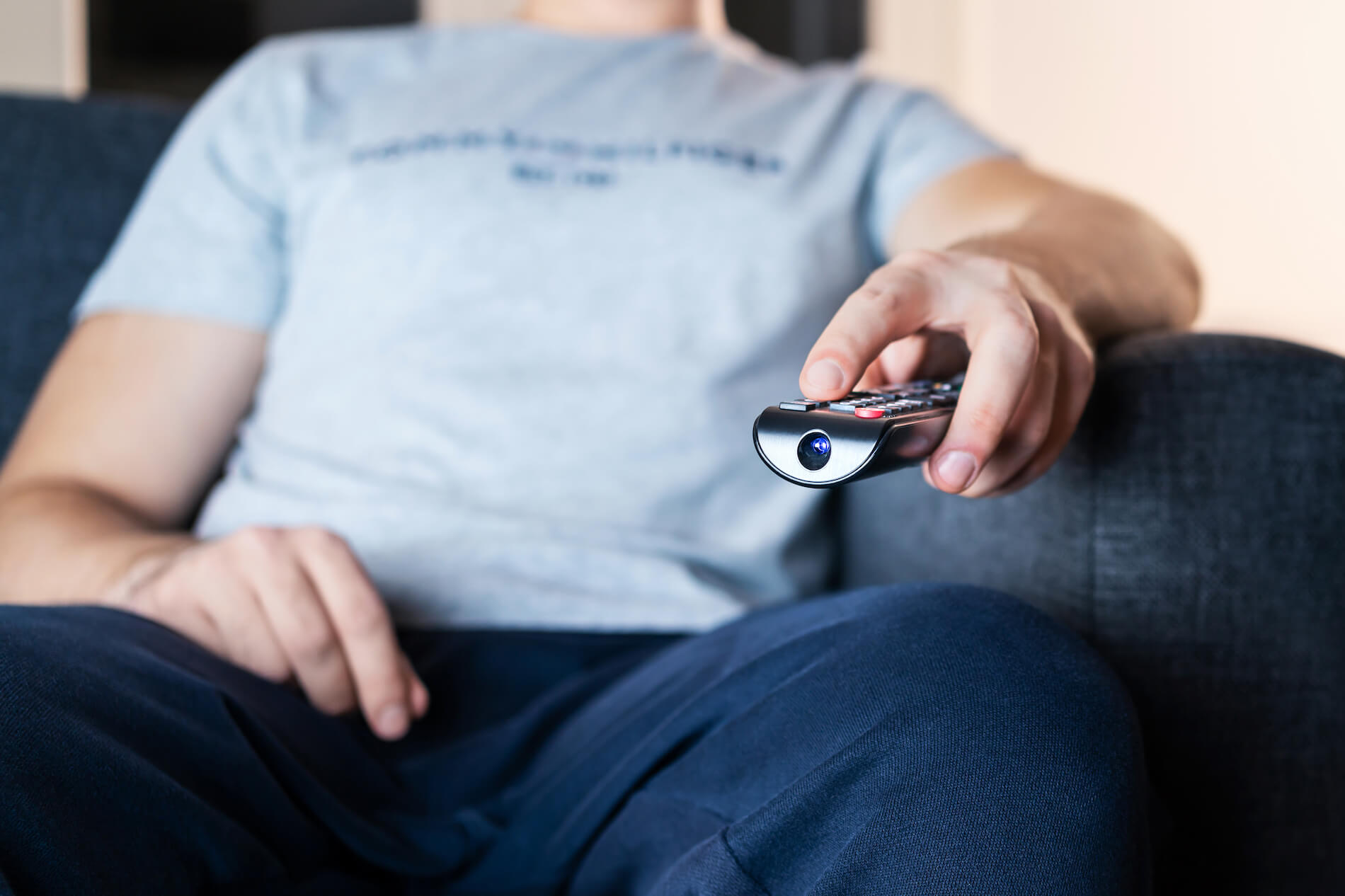
Why OTT platform testing matters and how you can do it

People love content. Especially video content. From sports to news, original series to animated shows, and documentaries to video captured on mobile phones, people crave content in the form of video. That’s nothing new, though. What’s on the rise is how people want to engage with video content. Enter: the rise of over-the-top (OTT) streaming media and OTT platforms.
What is an OTT platform?
To start, OTT stands for “over-the-top” and refers to any streaming media service that delivers content over the internet. The concept is derived from the fact that the service is delivered over-the-top of another platform.

That means that an OTT platform is any service that enables you to deliver video and/or live stream feeds to an internet-enabled device. This allows you to deliver (and monetize) video content directly to viewers without any third-party platform. It also makes delivering video content much different than in the past.
Traditionally, consumers would have to buy a cable subscription from their cable TV provider that would then be responsible for delivering programs to your television. Today, consumers can purchase (or sign up free of charge depending on the service) for OTT platforms like Netflix, Hulu, Disney+, Peacock, and Vimeo OTT—to name a few.
But what makes this so special?
OTT platforms let customers decide what and when they want to watch
Essentially, OTT platforms empower consumers to cut the cord with cable TV providers and move toward online-only media consumption. The cable provider—which was once the gatekeeper for video content—now only provides the internet connection and has no ability to control what people consume. This separation has big implications for OTT platforms.
It should come as no surprise that the content a streaming service chooses to put on its OTT platform plays a huge role in the consumers it attracts, but the OTT platform itself does, too. Streaming services aren’t only judged by their content, but also the user experience and seamless delivery of content on their platform.
The customer is now clearly in the driver’s seat. If you want to make a profit—or at least have people view your content—designing an experience that people enjoy is vital for the success of your OTT platform and streaming service.
What is OTT platform testing, and why it’s important
Consumers today are using an average of three streaming media subscriptions to meet their needs, and with a pool of more than 110 providers to choose from, competition is heating up. As competitive pressures expand, leading streaming media providers are scrambling to differentiate themselves while finding new ways to attract and retain their customers—an effort that’s increasingly reliant on customer experience (CX).
According to our 2020 Streaming Media CX Index, there are three traits that contribute to a successful streaming service:
- Offer a broad, diverse library of content with a thorough, logical organization that enables customers to find what they’re looking for
- Deliver highly personalized experiences with curated recommendations based on customers’ past viewing histories and interests
- Use customer empathy to dictate CX strategy to cater to increasing viewership and increasing expectations
To deliver on the expectations of your customers, it’s clear that you need to value their opinions. After all, they decide whether or not they want to sign-up (and renew) for your service. With so much riding on the user experience of your OTT platform, the time for collecting product feedback is now.
OTT platform testing
In order to successfully deliver video content, robust and exhaustive OTT platform testing is essential. When it comes to OTT platform testing, there are countless things you could test, but they really boil down to two things:
- Testing the user interface (UI) or the elements that enable someone to interact with the OTT platform
- And testing the user experience (UX) or what the individual interacting with your platform takes away from the entire experience
Let’s look at an example to make this clearer. Imagine you’re Netflix—famous for its ability to recommend content based on your interests. By focusing on the user, Netflix knows that when someone comes to their platform, they’re after one thing: content that’s relevant to them.
Now imagine that every time you went to Netflix, it took three minutes for it to recommend content. You’d likely not be as impressed with the overall experience. Even if the interface stayed the same, your experience with Netflix would be dramatically different. And that’s why you need to test for both how people interact with your product and how you deliver a frictionless experience within your product.
How to conduct OTT platform testing
Creating and launching a successful OTT platform can be a challenge because different people are delighted and frustrated by different things. Nonetheless, success for your OTT platform depends on its intuitive user interface and positive user experience, which will only be delivered if you’ve collected and acted upon customer insight and feedback.
In order to gain the necessary feedback to design a truly customer-centric platform interface and experience, you’ll need to conduct a series of usability tests that uncover the unique needs and desires of your customers. One method for doing this is through remote usability testing.
Remote usability testing is a method of remote research that uses an insight platform to record the screen (and voice, depending on the software you choose) of test participants as they interact with your product or experience in their natural environment—at home, in their office, or some other specific location.
If you'd like to see how you can do your own OTT platform testing, sign up for our weekly demo.
OTT platform testing will drive better CX
Streaming media providers need to be constantly innovating and delivering better OTT platform experiences if they want to thrive in this growing frontier. When it comes to customer experience, expectations are extremely high. By listening to and empathizing with your customers, you can deliver the best-in-class OTT platform experience they’ve come to expect.
In this Article

3 ways to mitigate risk
3 ways to mitigate risk


